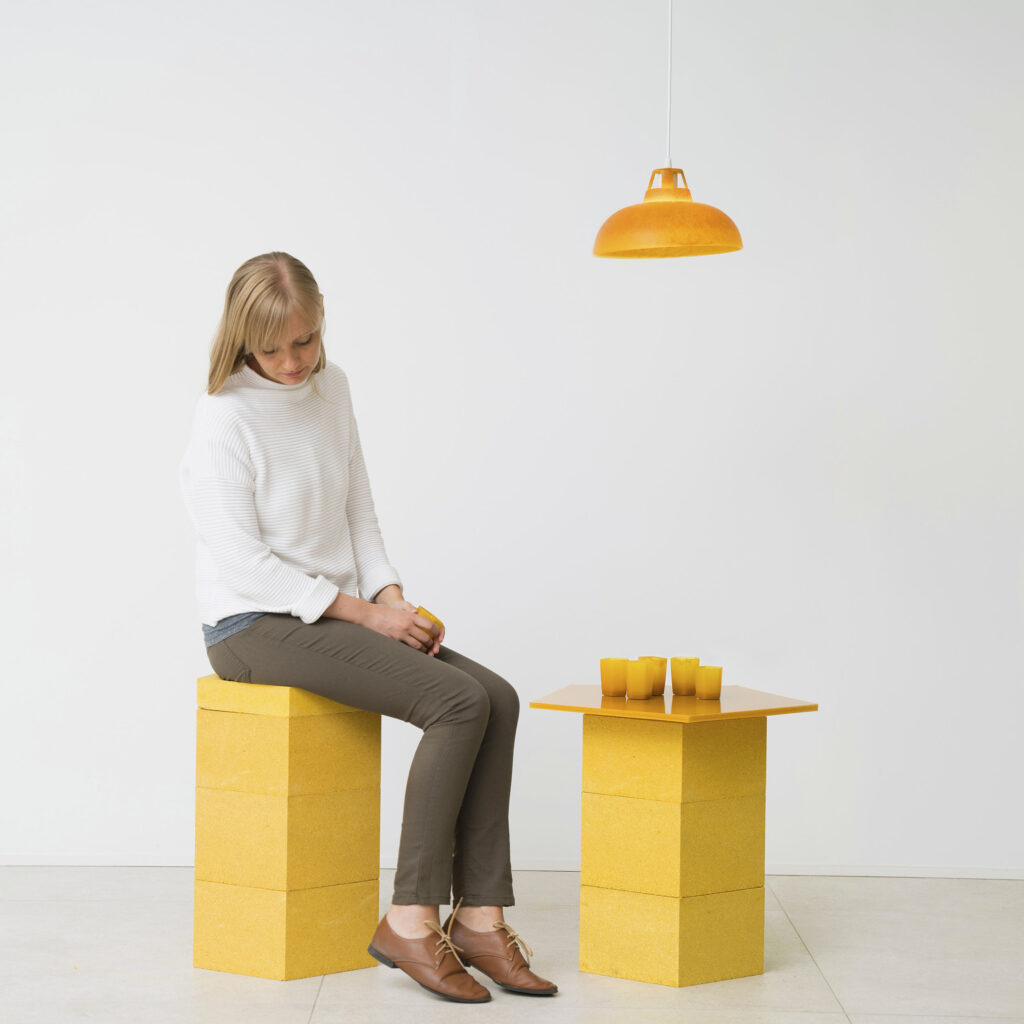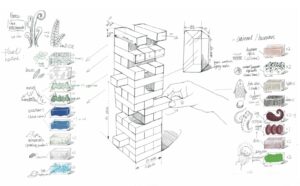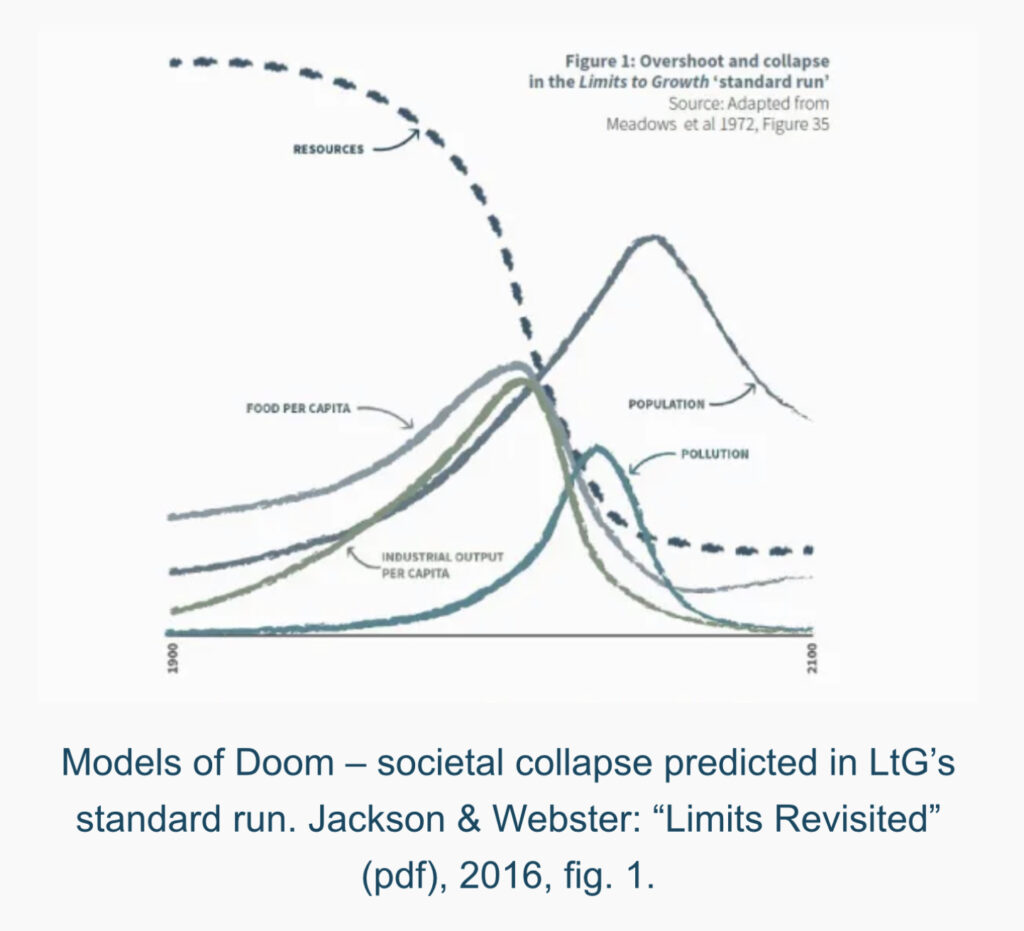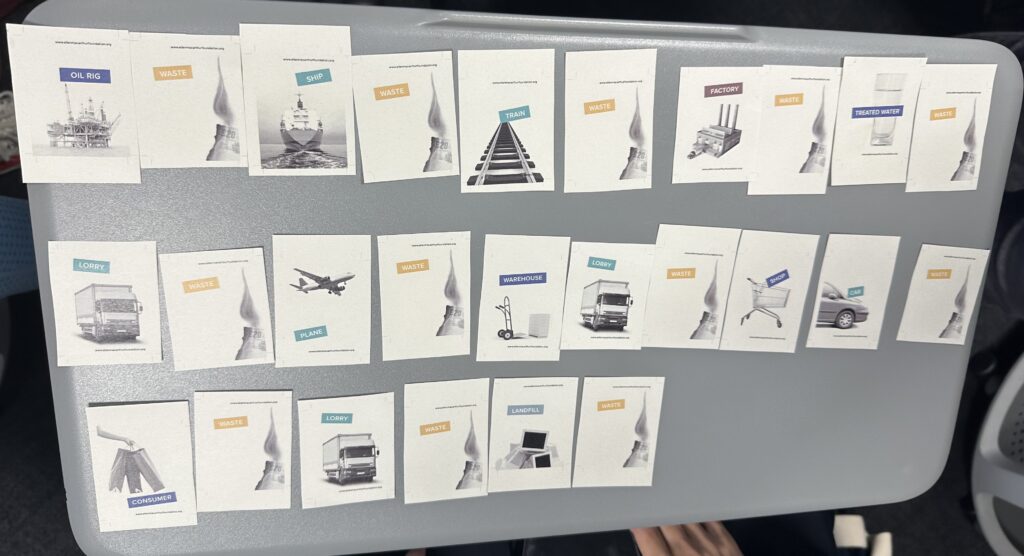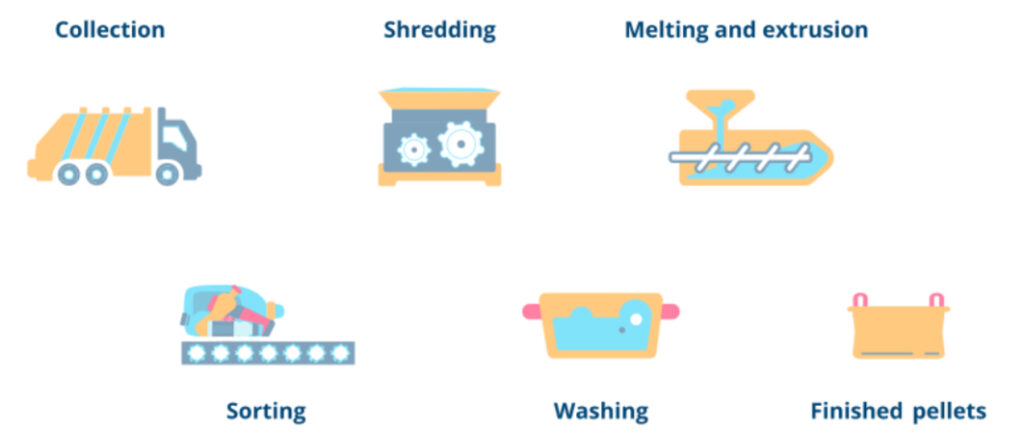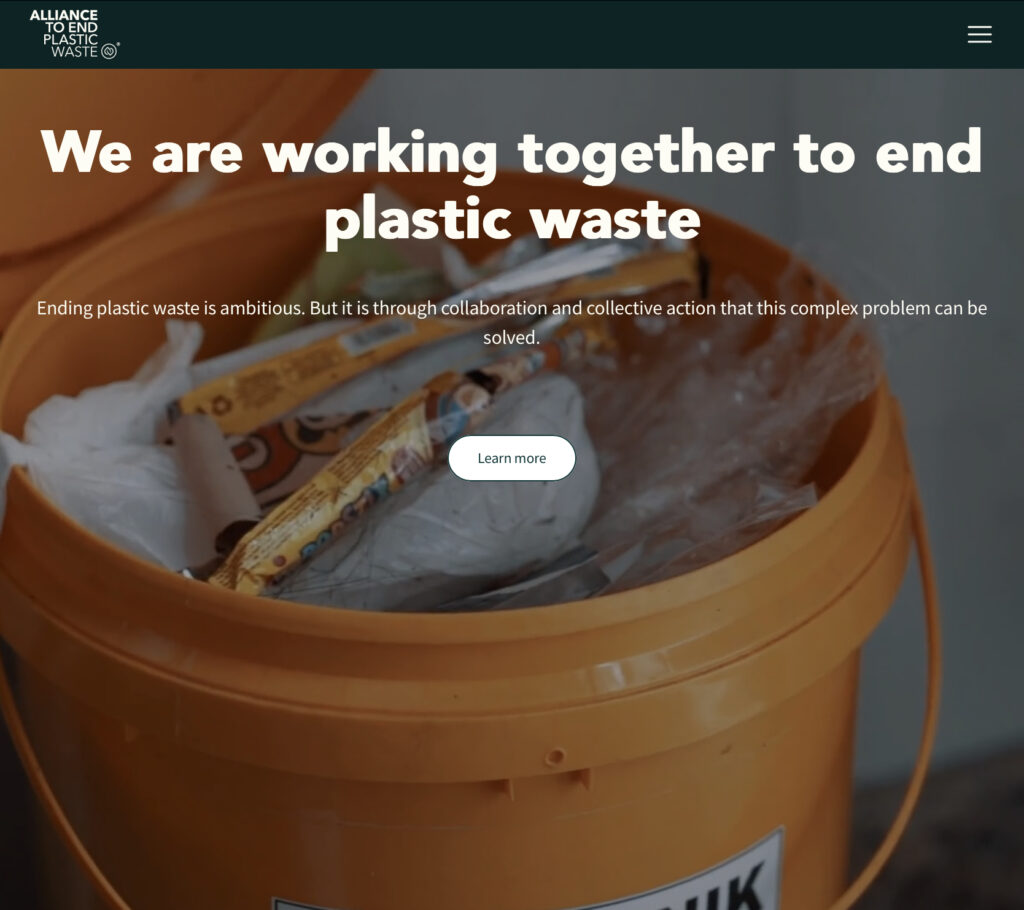Week-11
This semester’s study has made a great difference in my view of environmental design. Overall, I enjoyed this course very much. The debate course enabled me to look at some opinions dialectically, it is a way of learning that I enjoyed during the course, I learned about relevant materials from many aspects, and made me tried to to look at the same thing from multiple aspects, which helped It allows me to think critically, and in future studies I can also think about: If I were the For/Against side of a debate, what views would I put forward?
Under the guidance of the reading group, I was also able to think deeply about some questions that I had never thought about (especially in the reading group of Vibrant Matter, we led to a question about naming things, which I still think about from time to time, it was a such great experience!).
Through weekly lectures, I understood that environmental design is not just a subject that only focuses on design. It is a comprehensive subject that includes everyone’s thoughts, philosophy, culture, sociology and future design. This requires a lot of cooperations in various fields and the accumulation of time, the integration of disciplines will be the inevitable result.
I really enjoyed Cradle to Cradle and Vibrant Matter and I will finish reading them in the future. The book Cradle and Cradle not only taught me how to think about sustainable design and circular economy as a designer, but also helped me develop greener living habits, such as reducing the purchase of disposable goods or recycling the product. The book Vibrant Matter was very difficult for me to understand at first, but in the reading group, the concept of ‘interactive environment’ hit me, that is, every substance in this world is an environment, and substances interact and influencing with each other. Thus forming the environment and space that we live. The book made me rethink the relationship between matter, humans and the environment from a more interesting perspective. I think many of the ideas mentioned can be used as topics for my illustration creation.
In summary, this course has subverted my perception of the environment, ecology and environmental protection. I have also gained a lot of inspiration from it(for life and for my study). I will start a greener life style from myself, and I hoping to see a truly green and equal society in the future.
